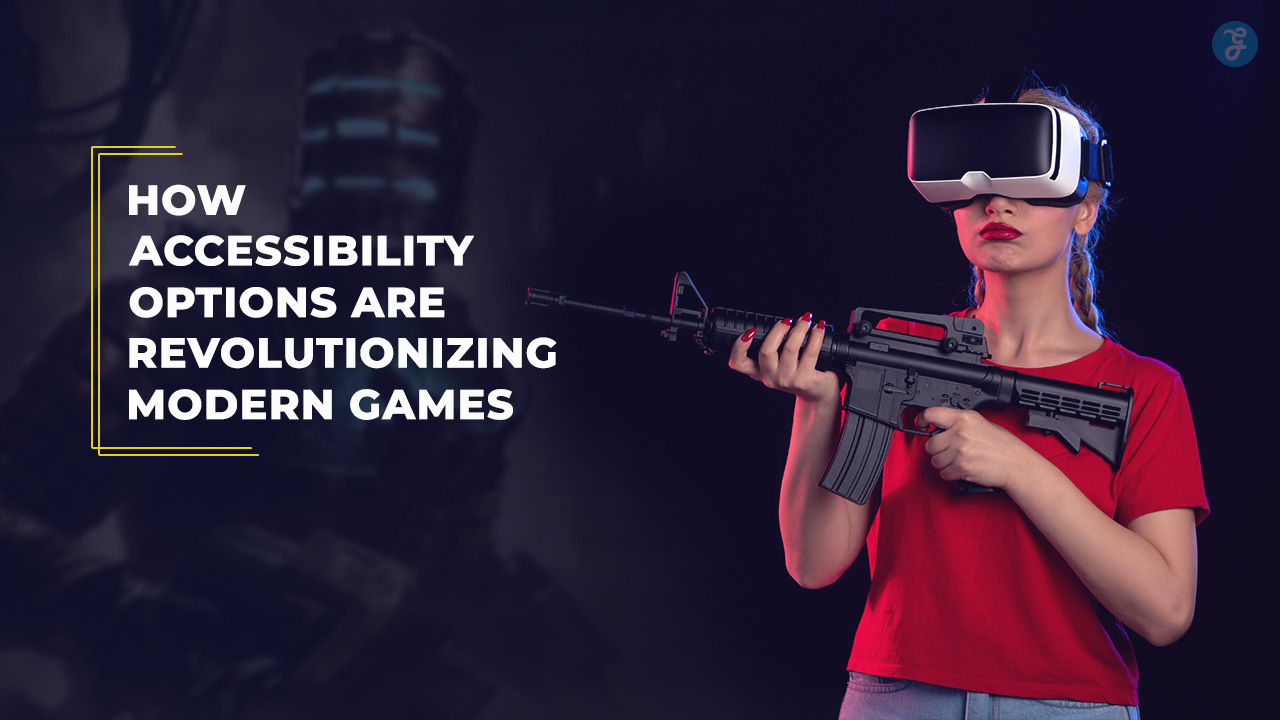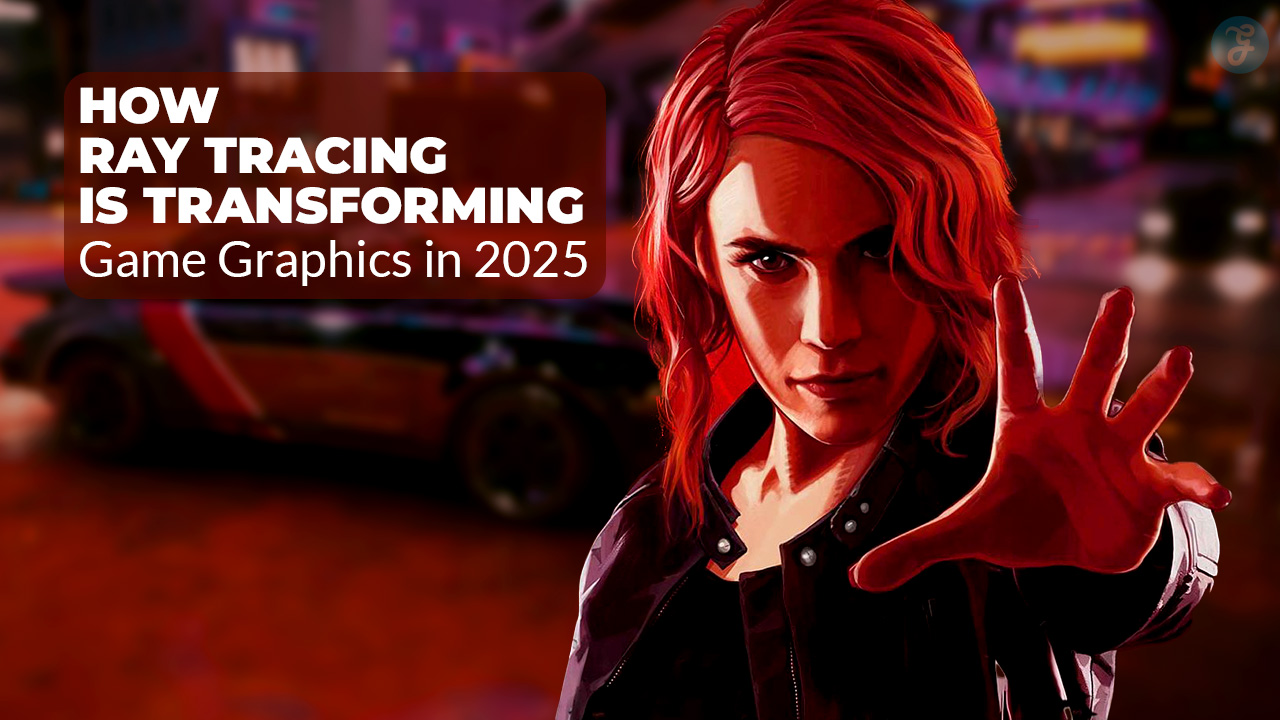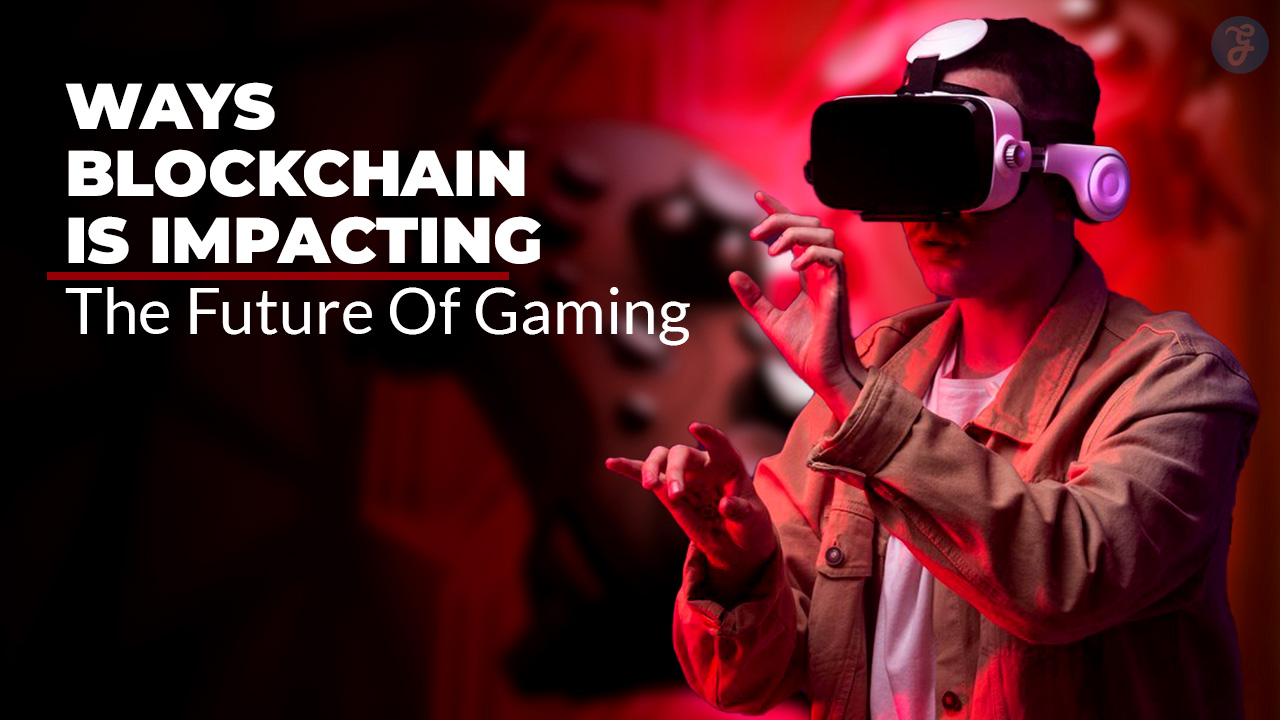Hey there, have you ever felt lonely while scrolling through social media, wishing for a real connection in this digital age? It’s tough, isn’t it, when virtual chats just don’t fill that gap.
Many of us crave something more, a way to interact online that feels human and warm.
Here’s a cool fact to chew on, AI avatars and digital personas are stepping up to change how we connect in virtual spaces. These smart creations, powered by artificial intelligence and natural language processing, can chat and act almost like real folks.
Stick with me, and I’ll show you how AI avatars are shaking up virtual social interactions. We’ll dig into their tricks, like mimicking facial expressions, and see how they help in places like the metaverse.
You’ll get the scoop on making online bonds feel closer than ever. Keep reading, let’s explore!
Key Takeaways
- AI avatars use natural language processing (NLP) to talk and understand us like real friends.
- Since the 1990s, social robots like Kismet started showing machines can connect with people.
- Virtual influencers like Lil Miquela and Noonoouri act as brand ambassadors on social media.
- GPT-4 models in AI avatars have an error rate below 5%, making chats smooth and reliable.
- AI companions like ElliQ and Pepper help the elderly feel less lonely with daily talks.
Understanding AI Avatars in Virtual Social Interactions
Let’s chat about AI avatars and how they’re shaking up virtual social interactions, shall we? These digital stand-ins, powered by artificial intelligence, act like human-like avatars in online spaces.
Think of them as your personal rep in virtual reality or on social platforms. They can talk, react, and even mimic facial expressions using cool tools like natural language processing and computer vision.
Way back in the 1990s, early social robots like Kismet started this trend, showing machines could connect with us on a personal level. Pretty neat, right?
Now, fast forward to the 2010s when smart speakers like Amazon Alexa popped up, making AI a household name. These avatars aren’t just for fun; they’re changing how we hang out in virtual environments across many sectors.
Although, I gotta say, places like New Zealand are a bit slow to jump on this tech train compared to other countries. Still, with machine learning algorithms and speech recognition, AI avatars keep getting smarter, helping us chat and bond in digital worlds like never before.
Key Components of AI Avatars
Hey there, curious minds, ever wondered what makes AI avatars so lifelike and chatty? Let’s peek behind the curtain and see the magic of tech, like smart language systems and cool visual tricks, that bring these digital buddies to life!
Natural Language Processing
Let’s chat about how AI avatars talk to us, thanks to natural language processing, or NLP. This cool tech helps digital avatars understand and reply to what we say, almost like a real buddy.
Picture chatting with a virtual assistant on your phone, and it gets your jokes or questions right away. That’s NLP working its magic, making those human-like avatars feel so close.
Guess what makes this even better? NLP lets AI avatars speak in multiple languages, breaking down barriers across the globe. Imagine talking to a virtual agent in Spanish, French, or even Japanese, with no hiccups at all.
This skill boosts user experience, whether you’re on social platforms or in immersive environments like virtual reality. So, these chatty avatars are changing how we connect, one word at a time.
Realistic Visual Representations
Hey there, readers, let’s chat about how AI avatars look so real these days. With cool tools like computer vision and 3D animation, these virtual avatars seem almost human. They can mimic facial expressions and tiny gestures, making chats feel like you’re talking to a real person.
Isn’t it wild how far tech has come? AI uses motion capture and facial capture to craft human-like avatars that pull you into virtual worlds. This hyper-realistic style boosts emotional connections, especially in spaces like virtual reality or augmented reality.
Stick around to see how this magic works in social settings!
Adaptive Learning and Behavior
Envision this, everyone, these virtual agents evolve with every conversation. They’re driven by artificial intelligence (AI) to customize your experience, much like a craftsman shaping a flawless suit.
With technologies like neural networks, they adjust quickly, ensuring each interaction remains engaging and enjoyable. Research also indicates chatbots significantly contribute to expanding knowledge, so you’re not just talking, you’re learning as well.
Applications of AI Avatars in Social Interactions
Hey there, did you know AI avatars are popping up as virtual helpers in online shopping, making your experience feel like chatting with a real friend? Stick around to discover how these digital pals are shaking things up in wild ways!
Virtual Customer Service and Support
I’m thrilled to chat about how AI avatars are transforming virtual customer service and support. Imagine you’re facing an issue at midnight, and rather than waiting endlessly, a friendly virtual agent appears to assist.
These digital helpers, powered by artificial intelligence (AI) and natural language processing (NLP), are available 24/7, without needing any breaks. They address questions, resolve problems, and keep you satisfied, all without requiring human intervention.
What’s impressive is how these virtual assistants reduce the human workload, elevating business efficiency to remarkable levels. They communicate through online platforms or mobile apps, often leveraging large-language models (LLMs) to grasp your needs.
It’s like having a friend who’s always awake, ready to help at any moment. Plus, with features like speech-to-text and synthetic voice technology, they sound nearly human, ensuring every customer interaction feels personal and seamless.
AI Avatars in the Metaverse
Hey there, folks, let’s chat about AI avatars in the metaverse, a wild new space for hanging out online. Picture yourself stepping into platforms like Decentraland, where these virtual agents, powered by artificial intelligence, act as your digital twin.
They mimic human-like facial expressions and chat using natural language processing, making every interaction feel real, almost like face-to-face talks. It’s a blast to see your avatar roam this virtual reality world, meeting others in a decentralized way.
Now, dig this, the metaverse ties into Web 3.0, pushing for interactions that break free from old-school internet limits. AI avatars here aren’t just cool to look at; they boost how we connect in mixed reality spaces.
Think of them as your stand-in, handling meetups or even business deals while you’re sipping coffee IRL. This setup is changing the game, big time, for social vibes in digital spots.
Virtual Influencers and Brand Ambassadors
Check out virtual influencers like Lil Miquela and Noonoouri, folks. They’re not real people, but wow, they sure look like it on social media. These human-like avatars, built with artificial intelligence, grab attention with cool facial expressions and trendy vibes.
Brands love them as ambassadors because they boost brand recognition without the drama of human celebs.
Dig into how they work, and you’ll see pure magic. Using generative AI and deep learning, these digital stars chat and post just like us. They connect with fans across touchpoints, shaping a fresh brand image.
Ain’t that a wild way to market in today’s digital world?
AI Companions for Social Connectivity
Hey there, readers, let’s chat about AI companions and how they’re shaking up social connections. These virtual pals, powered by artificial intelligence, step in to keep folks company, especially for those who might feel a bit lonely.
Think of social robots like ElliQ and Pepper, designed to help elderly individuals with daily chats and friendly support. They’re like a buddy who’s always around for a quick talk.
These AI companions also act as personal mentors, guiding users with tips or just listening when you need to vent. Using natural language processing, they understand your words and even pick up on emotions through facial expressions.
It’s pretty neat how they bring a human-like touch to virtual reality chats, making you feel less alone in this big digital world.
Advantages of AI Avatars in Social Contexts
Hey there, ever wonder how AI avatars can make chatting online feel like a real face-to-face talk? Stick with me, and let’s explore how these digital pals boost your social game in amazing ways!
Enhanced Personalization and Engagement
I’m thrilled to chat with you about how AI avatars boost personalization and engagement in virtual spaces. Picture them as your digital sidekick, learning what you like through adaptive learning.
They shape chats and interactions to match your style, making every moment feel special. With tools like Generative AI, these human-like avatars get better at connecting with you over time.
Isn’t it amazing how spot-on they can be? Stats show that models like GPT-4 have an error rate below 5% in responses, so your experience stays smooth. Whether it’s a quick talk or deep conversation, AI avatars using natural language processing keep things lively.
They pull you into the chat, almost like catching up with an old buddy over coffee.
Multilingual Communication Capabilities
Hey there, readers, let’s talk about how AI avatars effortlessly overcome language barriers. These intelligent virtual agents rely on natural language processing, or NLP, to communicate with people in a wide variety of languages.
Envision texting or speaking with an avatar that seamlessly switches between Spanish, Mandarin, or French. It’s like having a friend who speaks every language on the planet!
Now, imagine this wonder at work around the world. AI avatars can engage with users in numerous languages, ensuring conversations feel personal and natural. Whether it’s customer support or a virtual meetup, these lifelike avatars maintain the dialogue, regardless of your location.
Isn’t that a revolutionary way to connect with others?
24/7 Availability and Accessibility
Imagine having a buddy who’s always awake, ready to chat or help, no matter the hour. That’s what AI avatars bring to the table with their 24/7 availability. They don’t need sleep, coffee breaks, or vacations.
So, if you’re stuck at midnight with a question about a product, a virtual agent powered by artificial intelligence (AI) is there to assist. It’s like having a tireless helper in the space of virtual reality (VR), always on standby.
Now, think about how handy this is for everyone, everywhere. With AI avatars offering constant accessibility, businesses can reduce dependence on human staff for customer support. These digital pals, built with natural language processing (NLP), handle queries any time, day or night.
It’s a game-changer, like a lighthouse guiding ships in the dark, ensuring you’re never left waiting for a reply.
Cost-Effective Solutions for Businesses
Hey there, readers, let’s chat about how AI avatars save big bucks for businesses. These virtual agents, powered by artificial intelligence, cut down on the need for a large human workforce.
That means companies spend less on hiring and training. Pretty neat, right?
Now, think of this as a smart shortcut. AI avatars are scalable, so they grow with a business without extra costs. They boost efficiency, handling tons of customer experience tasks at once.
With tools like machine learning algorithms, they keep getting better, saving even more money over time. How cool is that?
Challenges and Ethical Considerations
Hey there, let’s chat about the tricky side of AI avatars in social spaces. Ever wonder who’s really watching when you talk to a virtual agent, or if your data’s safe with all that fancy natural language processing at play?
Privacy and Data Security Concerns
Let’s chat about a big worry with AI avatars, folks. They often collect tons of personal info, like your chats or even facial expressions, to seem more human-like. But, here’s the kicker, this data can slip into the wrong hands if security isn’t tight.
Privacy risks are real with these virtual agents, and they can mess with your digital identity if not handled right.
Think of it like leaving your diary open on a park bench. Without strong laws, sensitive data from vulnerable folks might get misused. We need solid rules to guard this info, especially when artificial intelligence handles such personal stuff.
It’s a wild digital world out there, and keeping your info safe is a must with these smart avatars around.
Ethical Implications of Realistic Interactions
Hey there, readers, let’s chat about a sticky issue with AI avatars. These human-like avatars, powered by fancy tech like natural language processing, can seem so real it’s almost spooky.
But here’s the rub, they might trick folks into sharing too much personal stuff, thinking they’re talking to a real person. Deepfakes, for instance, raise big ethical concerns because they can fake someone’s face or voice.
That’s a real problem for trust in virtual reality spaces.
Now, ponder this mess for a second. AI avatars sometimes show biased interaction styles, which can mess up human communication online. If the machine learning algorithms behind them aren’t fair, they might favor some groups over others.
It’s a tough spot, and we’ve got to think hard about how these digital identities shape our chats in the metaverse or on social platforms.
Dependence on AI Accuracy and Reliability
Let me tell you, folks, AI avatars can be a game-changer in virtual chats, but they’ve got a weak spot. Their success hinges on getting things right, every single time. If the artificial intelligence (AI) behind them slips up, you might get wrong info tossed your way.
Imagine asking a virtual agent for help, and it spits out nonsense. Frustrating, right?
Now, think about this. High development costs pour into making these human-like avatars smart, yet mistakes still happen. When machine learning algorithms falter, trust takes a hit.
Picture relying on natural language processing (NLP) for a big convo, only to hear gibberish. We’re stuck depending on their precision, and that’s a risky bet sometimes.
The Future of AI Avatars in Social Interactions
Hey, wanna know what’s next for AI avatars in our online hangouts? They’re set to become so lifelike with tools like augmented reality (AR) and advanced speech synthesis, you might just think you’re chatting with a real buddy!
Integration with Blockchain for Identity Verification
Let’s talk about a cool mix of tech, folks. AI avatars are joining forces with blockchain for identity verification. This combo makes virtual interactions super secure. Blockchain acts like a digital lock, keeping your data safe and clear.
It stops fake identities from sneaking into the metaverse or other online spaces. Every chat with an AI avatar gets a trust badge through this system.
Imagine a world where scams can’t hide. With blockchain technology, your avatar’s identity is checked and locked tight. This means transparent talks in virtual reality or any digital spot.
Plus, it builds faith in tools using artificial intelligence. Stick around to see how this shapes safer social connections online.
Hyper-Realistic Avatars with Emotional Intelligence
Hey there, readers, imagine chatting with a virtual buddy who gets your feelings! Hyper-realistic avatars, powered by artificial intelligence (AI), are stepping up the game with emotional intelligence.
They don’t just talk, they read your mood through facial expressions and tone. These human-like avatars can process multimedia, picking up on subtle cues like a real friend might.
Pretty cool, right? Using natural language processing (NLP) and generative AI, these digital twins mimic real emotions, making virtual reality (VR) chats feel super close to life. They interpret joy or sadness, responding in ways that match your vibe.
It’s like having a companion in video games or the metaverse who truly understands you!
Expansion in the Metaverse and Web 3.0 Spaces
Check out how AI avatars are growing in the Metaverse and Web 3.0 spaces, folks. These virtual agents are popping up everywhere, especially in platforms like Decentraland, where they help with decentralized interactions.
It’s like having a digital buddy guiding you through a new, wild frontier.
See, the Metaverse is this huge online world, and Web 3.0 focuses on user control with stuff like blockchain tech. AI avatars, powered by machine learning algorithms, make chatting and connecting in these spaces feel almost real.
They’re bridging gaps, turning virtual reality into a social hotspot, and trust me, it’s a game changer worth watching!
Takeaways
Hey there, let’s wrap this up with a bang! AI avatars are shaking up how we chat and connect in virtual spaces, making every interaction feel like a friendly meetup. Think of them as digital pals, powered by cool tools like natural language processing and machine learning tricks.
They’re paving the way for awesome talks in places like the Metaverse. Stick around, ’cause the future of these virtual buddies is just getting started!
FAQs
1. How are AI avatars shaking up virtual social interactions?
Well, let me tell you, these human-like avatars, powered by artificial intelligence (AI) and generative AI, are like a breath of fresh air in virtual reality (VR). They use natural language processing (NLP) and machine learning algorithms to mimic facial expressions, making chats feel almost real. It’s like talking to a buddy, but through a screen, with tech like ChatGPT or GPT-4o driving the convo.
2. Can AI avatars help with learning in online courses?
Absolutely, pal, they’re game-changers as pedagogical agents in e-learning! Using educational technology, these virtual agents offer individualized instruction, guiding learners through problem-based learning or even foreign languages with an intelligent tutoring system.
3. What makes AI avatars so lifelike in their responses?
It’s all about that fancy tech, my friend, like automatic speech recognition and linguistic tricks tied to multimodal systems. They pull from a context window to grasp what you’re saying, simulating real talk. With tools like GPT4, they’re practically chatting like your next-door neighbor.
4. Are AI avatars only for fun, or do they fit into bigger systems?
Oh, they’re not just a gimmick, trust me, they’re part of huge setups like the Internet of Things and multi-agent systems. They tie into learning analytics and educational technologies, boosting immersive learning. Think of them as connectors, weaving virtual social interactions into a broader digital web.
5. How do ethical theories play into AI avatars on the web?
Hey, it’s a bit of a sticky wicket, but ethical theories matter when AI avatars use third party cookies via your browser. We’ve gotta think about privacy and fairness in these interactions, especially with GenAI driving them.
6. What’s the history behind AI avatars, anyway?
Picture this, way back, there was Eliza, one of the first virtual agents, paving the road for today’s wonders. Now, with methodology leaps in machine learning and open-access tools, avatars are key in everything from online courses to social VR spaces. It’s like watching a tiny seed grow into a mighty oak, right before our eyes!




































